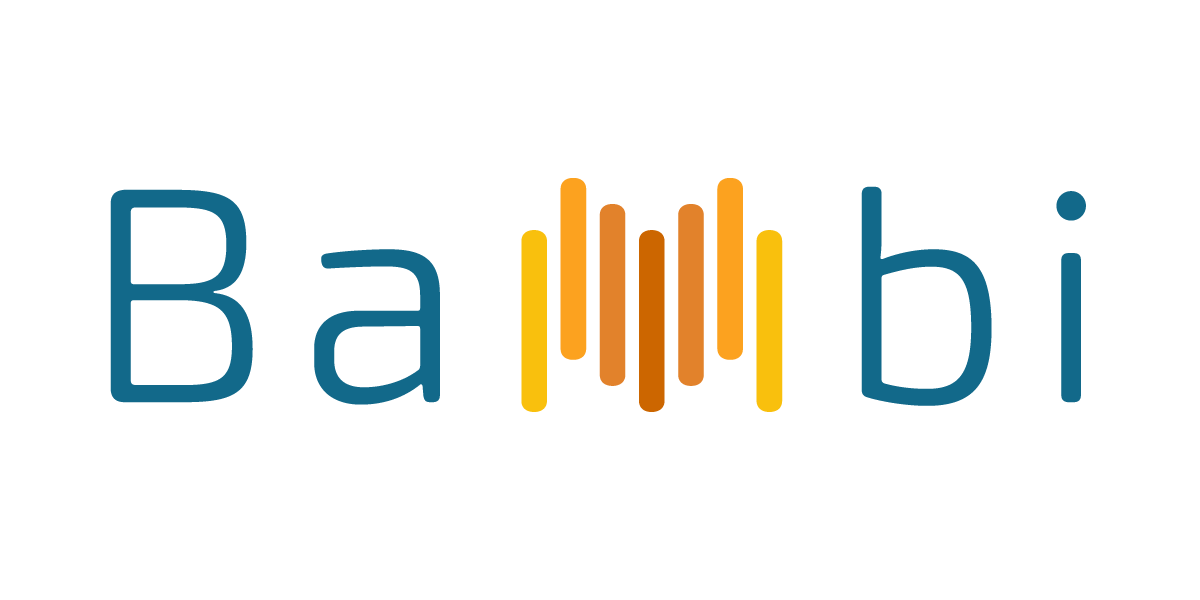https://github.com/bambinos/bambi
BAyesian Model-Building Interface (Bambi) in Python.
https://github.com/bambinos/bambi
bayesian-inference bayesian-statistics python regression-models statistical-analysis statistical-modeling
Last synced: 7 months ago
JSON representation
BAyesian Model-Building Interface (Bambi) in Python.
- Host: GitHub
- URL: https://github.com/bambinos/bambi
- Owner: bambinos
- License: mit
- Created: 2016-05-16T03:21:00.000Z (over 9 years ago)
- Default Branch: main
- Last Pushed: 2025-04-16T14:16:16.000Z (8 months ago)
- Last Synced: 2025-04-29T13:52:59.339Z (7 months ago)
- Topics: bayesian-inference, bayesian-statistics, python, regression-models, statistical-analysis, statistical-modeling
- Language: Python
- Homepage: https://bambinos.github.io/bambi/
- Size: 606 MB
- Stars: 1,150
- Watchers: 28
- Forks: 133
- Open Issues: 93
-
Metadata Files:
- Readme: README.md
- Changelog: CHANGELOG.md
- Contributing: CONTRIBUTING.md
- Funding: .github/FUNDING.yml
- License: LICENSE
- Code of conduct: CODE_OF_CONDUCT.md
- Citation: CITATION.cff
- Governance: GOVERNANCE.md
Awesome Lists containing this project
- awesome-sciml - bambinos/bambi: BAyesian Model-Building Interface (Bambi) in Python.
- awesome-python-machine-learning-resources - GitHub - 18% open · ⏱️ 21.08.2022): (概率统计)
- StarryDivineSky - bambinos/bambi
- awesome-meteo - bambi - Building Interface (Bambi) in Python. (Uncategorized / Uncategorized)
- awesome-python-data-science - BAMBI - BAyesian Model-Building Interface. (Machine Learning Frameworks)
README

[](https://badge.fury.io/py/bambi)
[](https://github.com/bambinos/bambi/actions/workflows/test.yml)
[](https://codecov.io/gh/bambinos/bambi)
[](https://github.com/ambv/black)
BAyesian Model-Building Interface in Python
## Overview
Bambi is a high-level Bayesian model-building interface written in Python. It's built on top of the [PyMC](https://github.com/pymc-devs/pymc) probabilistic programming framework, and is designed to make it extremely easy to fit mixed-effects models common in social sciences settings using a Bayesian approach.
## Installation
Bambi requires a working Python interpreter (3.10+). We recommend installing Python and key numerical libraries using the [Anaconda Distribution](https://www.anaconda.com/products/individual#Downloads), which has one-click installers available on all major platforms.
Assuming a standard Python environment is installed on your machine (including pip), Bambi itself can be installed in one line using pip:
pip install bambi
Alternatively, if you want the bleeding edge version of the package you can install from GitHub:
pip install git+https://github.com/bambinos/bambi.git
### Dependencies
Bambi requires working versions of ArviZ, formulae, NumPy, pandas and PyMC. Dependencies are listed in `pyproject.toml` and should all be installed by the Bambi installer; no further action should be required.
## Examples
In the following two examples we assume the following basic setup
```python
import arviz as az
import bambi as bmb
import numpy as np
import pandas as pd
```
### Linear regression
A simple fixed effects model is shown in the example below.
```python
# Read in a dataset from the package content
data = bmb.load_data("sleepstudy")
# See first rows
data.head()
# Initialize the fixed effects only model
model = bmb.Model('Reaction ~ Days', data)
# Get model description
print(model)
# Fit the model using 1000 on each chain
results = model.fit(draws=1000)
# Key summary and diagnostic info on the model parameters
az.summary(results)
# Use ArviZ to plot the results
az.plot_trace(results)
```
```
Reaction Days Subject
0 249.5600 0 308
1 258.7047 1 308
2 250.8006 2 308
3 321.4398 3 308
4 356.8519 4 308
```
```
Formula: Reaction ~ Days
Family: gaussian
Link: mu = identity
Observations: 180
Priors:
target = mu
Common-level effects
Intercept ~ Normal(mu: 298.5079, sigma: 261.0092)
Days ~ Normal(mu: 0.0, sigma: 48.8915)
Auxiliary parameters
sigma ~ HalfStudentT(nu: 4.0, sigma: 56.1721)
```
```
mean sd hdi_3% hdi_97% mcse_mean mcse_sd ess_bulk ess_tail r_hat
Intercept 251.552 6.658 238.513 263.417 0.083 0.059 6491.0 2933.0 1.0
Days 10.437 1.243 8.179 12.793 0.015 0.011 6674.0 3242.0 1.0
Reaction_sigma 47.949 2.550 43.363 52.704 0.035 0.025 5614.0 2974.0 1.0
```
First, we create and build a Bambi `Model`. Then, the method `model.fit()` tells the sampler to start
running and it returns an `InferenceData` object, which can be passed to several ArviZ functions
such as `az.summary()` to get a summary of the parameters distribution and sample diagnostics or
`az.plot_trace()` to visualize them.
### Logistic regression
In this example we will use a simulated dataset created as shown below.
```python
data = pd.DataFrame({
"g": np.random.choice(["Yes", "No"], size=50),
"x1": np.random.normal(size=50),
"x2": np.random.normal(size=50)
})
```
Here we just add the `family` argument set to `"bernoulli"` to tell Bambi we are modelling a binary
response. By default, it uses a logit link. We can also use some syntax sugar to specify which event
we want to model. We just say `g['Yes']` and Bambi will understand we want to model the probability
of a `"Yes"` response. But this notation is not mandatory. If we use `"g ~ x1 + x2"`, Bambi will
pick one of the events to model and will inform us which one it picked.
```python
model = bmb.Model("g['Yes'] ~ x1 + x2", data, family="bernoulli")
fitted = model.fit()
```
After this, we can evaluate the model as before.
### More
For a more in-depth introduction to Bambi see our [Quickstart](https://github.com/bambinos/bambi#quickstart) and check the notebooks in the [Examples](https://bambinos.github.io/bambi/notebooks/) webpage.
## Documentation
The Bambi documentation can be found in the [official docs](https://bambinos.github.io/bambi/index.html)
## Citation
If you use Bambi and want to cite it please use
```bibtex
@article{Capretto2022,
title={Bambi: A Simple Interface for Fitting Bayesian Linear Models in Python},
volume={103},
url={https://www.jstatsoft.org/index.php/jss/article/view/v103i15},
doi={10.18637/jss.v103.i15},
number={15},
journal={Journal of Statistical Software},
author={Capretto, Tomás and Piho, Camen and Kumar, Ravin and Westfall, Jacob and Yarkoni, Tal and Martin, Osvaldo A},
year={2022},
pages={1–29}
}
```
## Contributions
Bambi is a community project and welcomes contributions. Additional information can be found in the [Contributing](https://github.com/bambinos/bambi/blob/main/CONTRIBUTING.md) Readme.
For a list of contributors see the [GitHub contributor](https://github.com/bambinos/bambi/graphs/contributors) page
## Donations
If you want to support Bambi financially, you can [make a donation](https://numfocus.org/donate-to-pymc) to our sister project PyMC.
## Code of Conduct
Bambi wishes to maintain a positive community. Additional details can be found in the [Code of Conduct](https://github.com/bambinos/bambi/blob/main/CODE_OF_CONDUCT.md)
## License
[MIT License](https://github.com/bambinos/bambi/blob/main/LICENSE)